
At present, the upgrading and transformation of the cement industry has become a hot social issue nowadays, and energy saving and emission reduction are just the weapon to promote the transformation of cement enterprises. The cement kilns of many cement companies at home and abroad have begun to take the road of high-efficiency energy-saving refractory development, reducin
Reduce cost consumption and provide service guarantee for accelerating the transformation and upgrading of the cement industry.
With the vigorous development of the cement industry in recent years, the market competition is becoming increasingly fierce. To be invincible in the fierce competition, energy conservation and emission reduction must be achieved, and costs must be strictly controlled. Refractory as one of the basic materials necessary for cement production
First, it plays a pivotal role in the normal operation of the production line, and it also has a great impact on the energy conservation and emission reduction of cement enterprises. On the one hand, refractory materials directly affect the operation of the kiln, and its use is extended by optimizing the quality and configuration of refractory materials.
Life can greatly increase the operating rate of cement production lines, reduce the production costs of cement enterprises, and create value for them. On the other hand, the optimization of the quality of refractory materials is also conducive to increasing the clinker output of the production line. In addition, refractories
Material quality optimization and service life extension can also effectively reduce the cost of refractories in cement plants.
At a time when energy conservation and environmental protection have become a social topic, the special high temperature environment of the cement production process and the coordinated disposal of waste have become a unique competitive advantage for the new dry process cement industry to develop into a green and environmentally friendly industry. While refractories are advancing
Cement kilns also play an important role in co-processing waste. Through the upgraded materials and optimized lining installation, refractory enterprises are fully adapted to the operation of cooperating with cement kiln for waste disposal, which can meet the chemical changes of linings such as alkali, sulfur and chlorine
To learn the technical requirements of erosion, to ensure the safe and stable operation of the kiln system
Although refractory materials have an important impact on the production and development of the cement industry, there are still some problems that restrict the further development of refractory materials in China. For example, there are many ordinary products, few high-quality long-life energy-saving products, and high refractory consumption.
Many small enterprises have high energy consumption, poor environmental protection facilities and labor conditions, and serious pollution. In response to these problems in the refractory industry, the development of high-quality, energy-saving, long-life, green refractories has become a breakthrough point.
The current refractory industry products are mainly concentrated in low-end products, in fact, high-performance refractories have more use and development potential. High-performance refractories can greatly reduce heat loss, and meet the requirements of working conditions, based on existing materials
Through the introduction of mesoporous technology to reduce the heat loss of the cylinder. In addition, high-performance refractories can improve the quality of clinker and use mixed materials. The improvement of the quality of refractory materials can improve the output and quality of clinker in the production line, so that
The material widens the space, and by increasing the amount of mixed materials, it effectively reduces the mixing rate of clinker mill cement. On the one hand, industrial waste residue is consumed, and on the other hand, cement clinker is saved. This saves nearly one million tons of standard coal annually and reduces CO2 emissions.
Put millions of tons. In addition, it also reduces the cost of cement production, which is conducive to improving the economic efficiency and sustainable development of the cement industry.
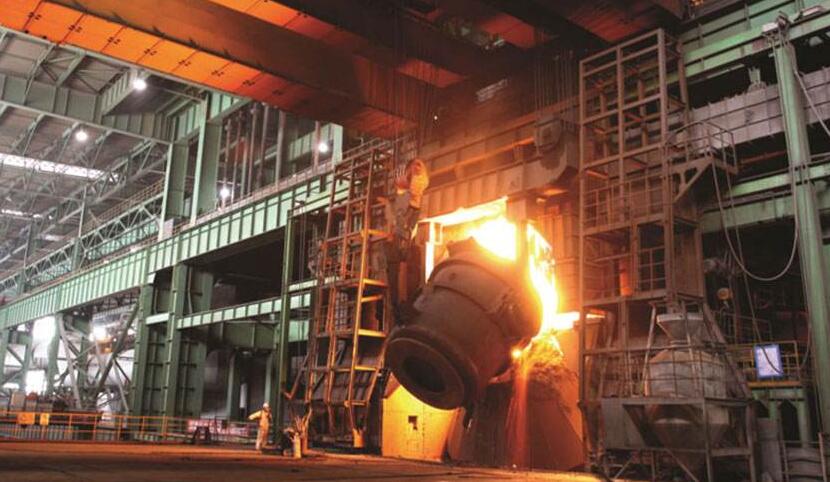
"Refractory brick manufacturing process" refractory brick manufacturing process and molecular stru
2021-11-11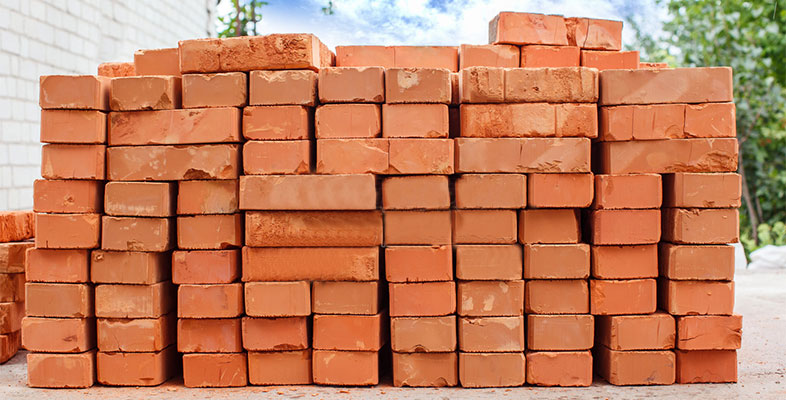
What are the characteristics of refractory bricks?
2020-01-13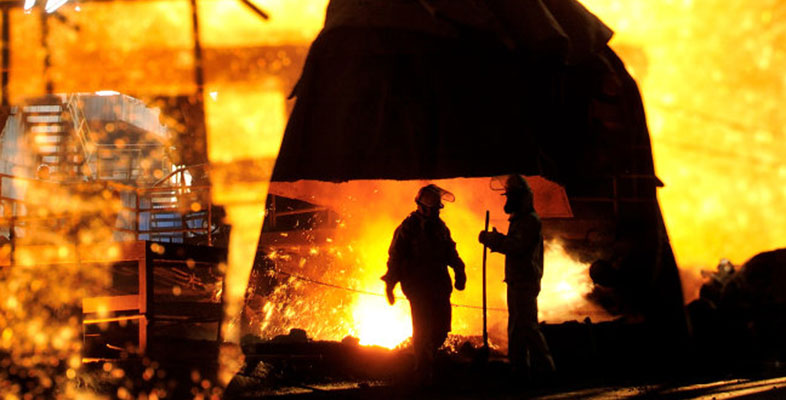
Market and resource advantages of China's refractories
2020-01-13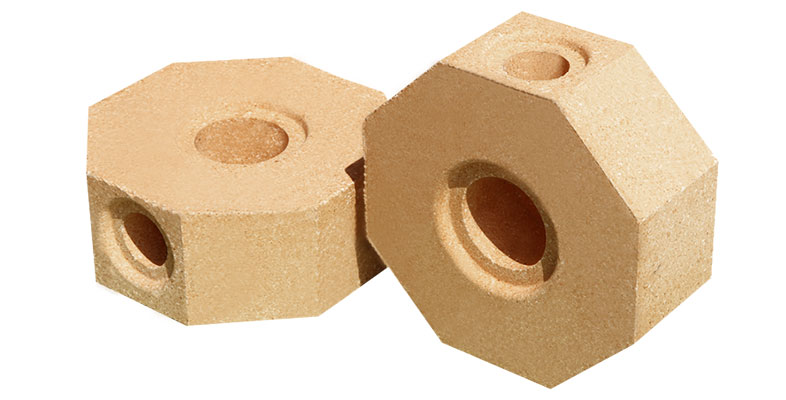
What is Unshaped Refractory What are the classifications of Unshaped Refractory?
2020-01-13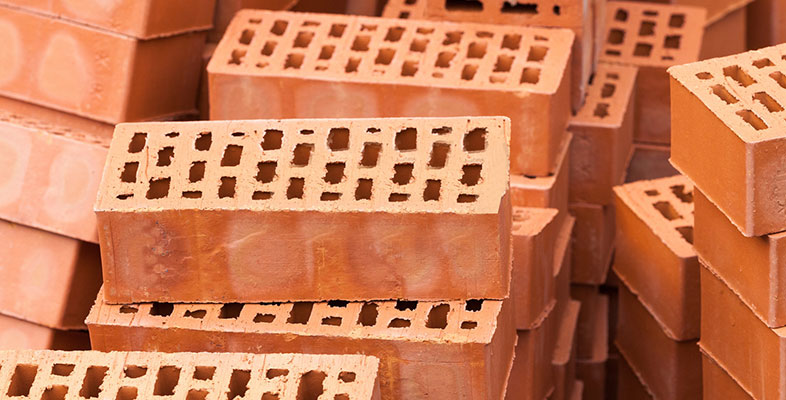
What is the definition of refractory brick?
2020-01-13
Develop efficient and environmentally friendly refractory materials to promote the upgrading and tra
2020-01-13
Changxing Ruihong Refractories Co., Ltd. website is online
2020-01-13